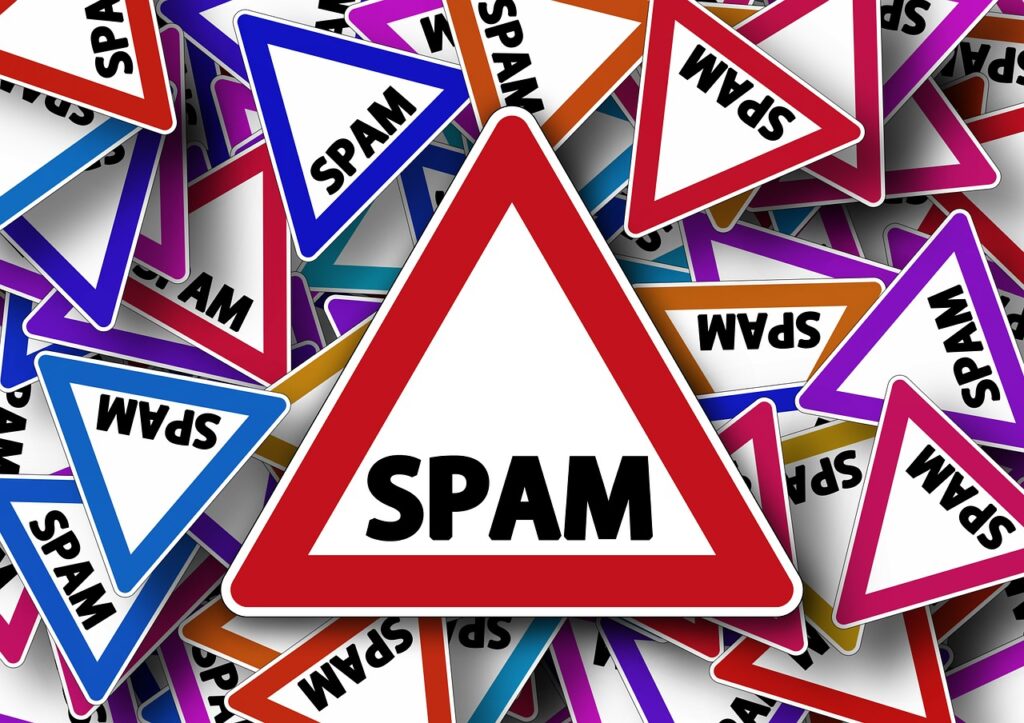Google has recently announced a new update to its search algorithm that aims to reduce spam results for users worldwide.
The October 2023 Spam Update targets several types of spam that affect the quality and relevance of search results, especially in some non-English languages.
In this article, we will explain what the October 2023 Spam Update is, how it affects your site, and what you can do to improve your site’s performance in Google Search.

What is the October 2023 Spam Update?
The October 2023 Spam Update is a part of Google’s ongoing efforts to combat spam and improve the quality of its search results. According to Google, the update “aims to clean up several types of spam that our community members reported in Turkish, Vietnamese, Indonesian, Hindi, Chinese, and other languages.”
The update specifically targets the following types of spam:
- Cloaking: This is a technique that shows different content to users and search engines, often to deceive or manipulate them. For example, some sites may show useful content to users, but redirect them to malicious or irrelevant pages when they click on a link. Google considers cloaking a violation of its Webmaster Guidelines and may take action against such sites.
- Hacked: This is when hackers gain unauthorized access to a site and inject spammy or malicious content into it. For example, some hackers may insert links or keywords that are unrelated to the site’s topic, or redirect users to phishing or malware sites. Google may flag such sites as hacked or unsafe and remove them from its search results.
- Auto-generated: This is when sites use software or scripts to create low-quality or nonsensical content that is often stuffed with keywords or links. For example, some sites may use spinning tools to rewrite existing content from other sources, or generate random text that makes no sense. Google may detect such content as spam and demote or remove it from its search results.
- Scraped: This is when sites copy content from other sources without adding any original value or attribution. For example, some sites may scrape news articles, product reviews, or images from other sites and republish them as their own. Google may consider such content as duplicate or low-quality and rank it lower or remove it from its search results.
Google said that the update should “reduce the visible spam in search results” and improve the user experience. The update started rolling out on October 4, 2023 and took about two weeks to complete.
How does the October 2023 Spam Update affect your site?
The October 2023 Spam Update may have different impacts on different sites, depending on their language, content quality, and spam practices.
Therefore, sites that target these languages may see bigger changes in their rankings and traffic.

However, the update is not limited to these languages and may affect any site that engages in spammy behavior or has low-quality content.
Google said that the update “also improved our ability to detect many other types of spam” across all languages. Therefore, sites that follow Google’s Webmaster Guidelines and provide helpful, original, and high-quality content may benefit from the update or see no significant changes.
If your site has been affected by the October 2023 Spam Update negatively, you may notice a drop in your rankings, traffic, impressions, or clicks from Google Search.
You may also receive a manual action notification in your Search Console account if Google has detected a serious violation of its Webmaster Guidelines on your site.
What can you do to improve your site’s performance in Google Search?
If your site has been affected by the October 2023 Spam Update positively, you don’t need to do anything special.
Just keep providing useful, relevant, and high-quality content for your users, and follow Google’s Webmaster Guidelines.
If your site has been affected by the October 2023 Spam Update negatively, you need to identify and fix the issues that may have caused the drop in your performance. Here are some steps you can take:
- Check your Search Console account for any manual actions or security issues that may have been applied to your site. Follow the instructions on how to resolve them and submit a reconsideration request if needed.
- Review your site’s content and make sure it is original, informative, accurate, and relevant to your topic and audience. Avoid copying or rewriting content from other sources without adding any value or attribution. Use tools like Copyscape or Grammarly to check for plagiarism or grammar errors.
- Avoid using any techniques that may deceive or manipulate users or search engines, such as cloaking, sneaky redirects, hidden text, or keyword stuffing. Use tools like Screaming Frog or Sitebulb to audit your site’s technical aspects and identify any potential issues.
- Secure your site from hackers and malware by using a reputable hosting provider, updating your software and plugins regularly, using strong passwords and encryption, and scanning your site for vulnerabilities. Use tools like Sucuri or Wordfence to protect and monitor your site’s security.
- Monitor your site’s performance and traffic using Google Analytics, Search Console, and other tools. Analyze your data and identify any trends, patterns, or anomalies that may indicate a problem or an opportunity. Use tools like SEMrush or Ahrefs to research your competitors and keywords and optimize your site’s SEO.
Conclusion
The October 2023 Spam Update is a major update that aims to improve the quality and relevance of Google’s search results by reducing spam in various languages and types.
The update may have different impacts on different sites, depending on their content quality and spam practices.
To improve your site’s performance in Google Search, you need to follow Google’s Webmaster Guidelines and provide helpful, original, and high-quality content for your users.
You also need to avoid any spammy or deceptive techniques that may harm your site’s reputation or ranking.
By doing so, you can ensure that your site delivers a great user experience and earns Google’s trust and favor.